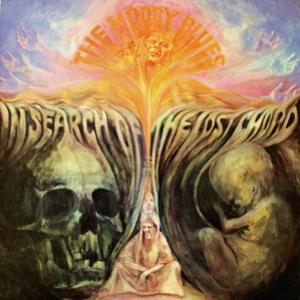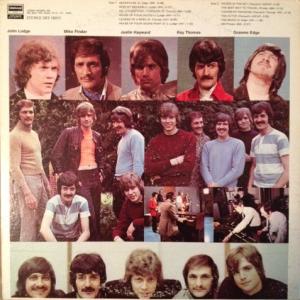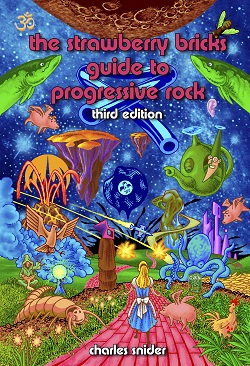In Search Of The Lost Chord


| Tracklist | |||
| A1 | Departure | ||
| A2 | Ride My See-Saw | ||
| A3 | Dr. Livingstone, I Presume | ||
| A4 | House Of Four Doors | ||
| A5 | Legend Of A Mind | ||
| A6 | House Of Four Doors (Part Two) | ||
| B1 | Voices In The Sky | ||
| B2 | The Best Way To Travel | ||
| B3 | Visions Of Paradise | ||
| B4 | The Actor | ||
| B5 | The Word | ||
| B6 | OM | ||
Artwork By [Cover] - Philip Travers
Bass Guitar, Cello, Tambourine, Snare, Acoustic Guitar, Vocals - John Lodge
Drums, Timpani, Tambourine, Tabla, Piano - Graeme Edge
Flute [C, Alto], Soprano Saxophone, Vocals - Ray Thomas
Mellotron, Piano, Harpsichord, Cello, Acoustic Guitar, Bass Guitar, Autoharp - Mike Pinder
Producer - Tony Clarke
Twelve-string Guitar, Acoustic Guitar, Electric Guitar, Sitar, Tabla, Piano, Mellotron, Bass Guitar, Harpsichord, Percussion, Vocals - Justin Hayward
Written-By - Graeme Edge
Written-By - John Lodge
Written-By - Justin Hayward
Written-By - Mike Pinder
Written-By - Ray Thomas
Released in a gatefold cover on a red and white DSS (Deramic Sound System) Deram label.

